Imagine a roofing solution that not only offers impressive durability and longevity but also contributes to a greener, more energy-efficient property. Metal roofing is that solution, providing property owners and homeowners with an eco-friendly alternative to traditional roofing materials. In this comprehensive article, we’ll explore the ins and outs of metal roofing systems, discussing their benefits, costs, and how they compare to other roofing options.
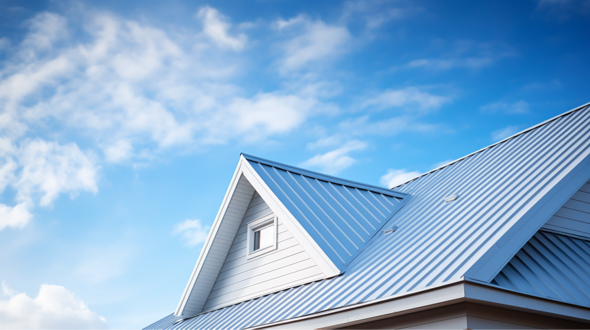
Key Takeaways
- Metal roofing systems offer exceptional durability, energy efficiency, and long-term cost savings.
- Popular metal roofing materials include steel, aluminum, copper, and zinc, with unique advantages for each.
- Metal roofs provide a range of customization options to increase property resale value.
Understanding Metal Roofing Systems
Metal roofing systems have gained popularity in recent years thanks to their numerous advantages over traditional materials like asphalt shingles, clay tiles, and cedar shakes. Made from steel, aluminum, copper, or zinc, most metal roofs offer superior durability, energy efficiency, and return on investment. In fact, a properly installed metal roof can last 50 years or more.
Although initial costs for metal roofing may be steep, property owners with a longer-term horizon often recoup this through long-term energy savings and lower maintenance costs.
Standing Seam Metal Roofs
Standing seam metal roofs are a popular option for property owners seeking a sleek, modern appearance. These roofs feature wide, flat, vertical panels with concealed fasteners, creating a streamlined look. Usually crafted from steel, aluminum, or copper, standing seam roofs offer minimal maintenance and a more aesthetically pleasing appearance than corrugated metal roofing.
Standing seam panels range from $7 to $13 per square foot, depending on the selected material.
Corrugated Metal Roofs
Corrugated metal roofs provide a more traditional appearance, with a pattern of ridges and grooves for added strength and durability. Typically made from aluminum, copper, or steel, a corrugated metal roof is known for its longevity, durability, and cost-effectiveness.
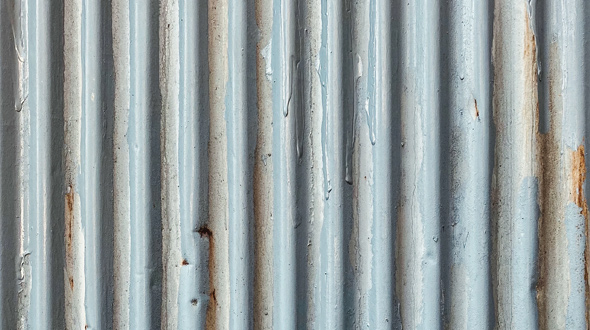
Falling within the price range of $4 to $7.50 per square foot, many property owners find these roofs to be a more budget-friendly choice.
Metal Panels
Metal panels are indicative of their name, are aesthetically sleek, and come in varied designs. Metal panels are an excellent choice for those seeking versatility and a wide range of design options. Metal panels can suit any architectural style and are available in various styles, including:
- Shingles
- Slate
- Tile
- Shakes
Another unique but popular metal panel style is stone-coated metal roofing, which uses steel sheets coated with stone granules to replicate the appearance of traditional materials, such as asphalt shingles or wood shakes. This type of roofing offers the benefits of metal roofing while providing additional design versatility with a familiar residential roof aesthetic.
Popular Metal Roofing Materials
Choosing the correct material for your metal roof involves weighing each option’s unique advantages and disadvantages. Factors such as costs, durability, and aesthetics should guide your selection. The most common materials for metal roofs include:
- Steel
- Aluminum
- Copper
- Zinc
Consider the specific characteristics of each material before making your decision. The following segments will delve deeper into the specifics of these popular metal roofs and roofing materials.
Steel Roofing
Steel roofing is known for its durability and affordability, making it a popular choice for many property owners. With options such as galvanized, galvalume, or weathering steel, you can find the perfect steel roof for your specific needs.
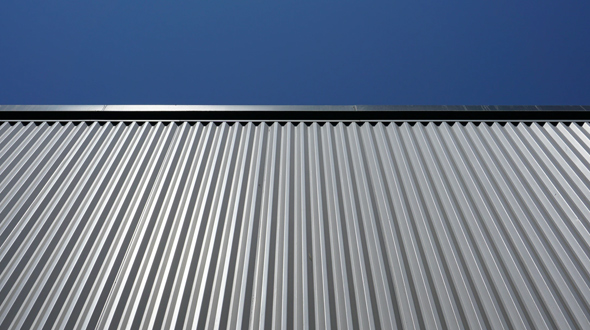
Steel roofing is resistant to fire, wind, and impact, making it ideal for areas prone to extreme weather conditions. The metal roofing cost for steel is from $8 to $15 per square foot on average.
Aluminum Roofs
Aluminum roofs offer several advantages.
- Lightweight
- Durable
- Resistant to corrosion
- Ideal for coastal areas
- Fire and wind-resistant
- Superior energy efficiency ratings
However, aluminum is more expensive than steel and has limited color options, so it may not be the best choice for every property owner. The cost of aluminum roofing per square foot ranges from $20 to $40.
Copper Roofing
Copper roofing offers a unique, high-end appearance that can add a touch of luxury to any building, property, or home. Some benefits of copper roofs include:
- Extremely durable and long-lasting
- Increases aesthetic and value of your property
- Resistant to corrosion and weathering
- Requires minimal maintenance
- Provides excellent insulation
Investing in a copper roof can be an excellent choice for both aesthetics and longevity.
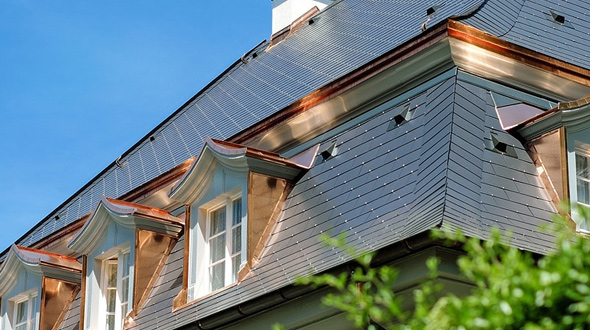
However, copper roofing is very costly and can be challenging to install, so it may not be the best option for every property owner. The cost of copper roofing per square foot is estimated to be between $20 and $40.
Zinc Panels
Zinc panels are another option for property owners seeking a durable, low-maintenance roofing material. Known for their long lifespan and resistance to corrosion, zinc panels are an excellent choice for those who want a quality roof that requires minimal upkeep.
However, zinc panels can be more expensive than other metal roofing materials, so weighing the benefits and costs when considering this option is essential. The cost of zinc panels ranges from $700 to $1,000 per roofing square (1 square = 100 square feet).
When comparing different options, considering metal roofing costs is essential for making an informed decision, so refer back to the above for the material cost of each metal roof type.
Energy Efficiency and Environmental Impact
Metal roofs not only offer durability and low maintenance, but they’re also eco-friendly and energy-efficient. The benefits of metal roofs include:
- Up to 30% savings on energy costs, according to the Metal Roofing Alliance (MRA)
- Mitigation of the urban heat island effect
- Decreased air pollution
- Lessened water runoff
Subsequent sections will further discuss the environmental footprint and energy efficiency of metal roofs, considering factors like cooling costs, compatibility with solar panels, and other eco-friendly advantages.
Cooling Costs
One of the most significant advantages of metal roofs is their ability to reduce cooling costs. Metal roofs can:
- Reflect sunlight
- Block heat transfer
- Help keep your property cooler
- Reduce your reliance on air conditioning
This can lead to significant savings on energy bills, making metal roofs a cost-effective option.
Cool roofs with a higher solar reflectance can save up to 15% on energy bills when installed on an existing roof.
Solar Panel Compatibility
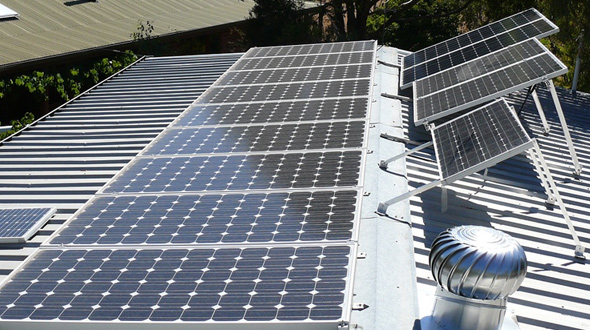
Consider the installation of solar panels on your roof. Metal roofs are an excellent option for solar panel compatibility. Their benefits include:
- Durability
- Long lifespan
- Perfect match for solar panel systems
- Ensuring that your roof will last as long as your solar panels.
By deciding to install solar panels, you can optimize the efficiency of your solar energy system, leading to increased energy production and reduced energy costs.
Eco-Friendly Benefits
In addition to their energy efficiency, metal roofs are also eco-friendly. Metal roofing materials are recyclable, meaning they can be repurposed for other uses after their life as a roof has ended. This contributes to a decreased environmental footprint compared to traditional roofing materials like asphalt shingles, which often end up in landfills.
By choosing a metal roof, you’re not only investing in a durable, energy-efficient solution but also making a positive impact on the environment.
Installation and Maintenance Considerations
When it comes to installing and maintaining a metal roof, there are several factors to consider.
- Location
- Roof pitch
- Local building codes
- Adherence to manufacturer guidelines
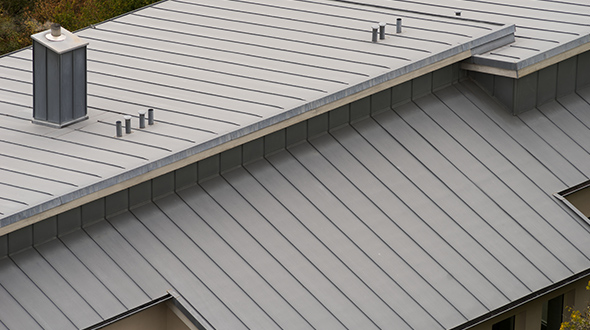
The following sections will delve deeper into these considerations, focusing on the impacts of roof pitches on installation costs, expense of synthetic underlayment, and maintenance demands.
Roof Pitches and Installation Costs
Roof pitch, or the incline of your roof, can significantly impact the installation costs of your metal roof. Steeper roof pitches may require additional safety measures and materials, leading to higher installation costs.
It’s essential to consider the pitch of your roof when planning your metal roofing project and budget accordingly.
Synthetic Underlayment Costs
Synthetic underlayment is a crucial component of your metal roofing system, providing an extra layer of protection against potential leaks. The cost of synthetic underlayment can vary, ranging from $0.15 to $0.65 cents per square foot, depending on the product and its quality.
Be sure to factor in the cost of synthetic underlayment when calculating your overall metal roofing budget.
Maintenance and Cleaning
One of the many benefits of metal roofs is their low maintenance requirements. Unlike other roofing materials, metal roofs do not require annual inspections, frequent repairs, or costly maintenance.
Basic upkeep, such as cleaning gutters and removing debris from the roof surface, is mostly all that’s needed to keep your metal roof in top shape. The system may infrequently need bolts tightened or a coating, but it pales in comparison to the upkeep of other roofing systems. This low maintenance aspect can result in long-term cost savings for property owners.
Comparing Metal Roofs to Traditional Roofing Materials
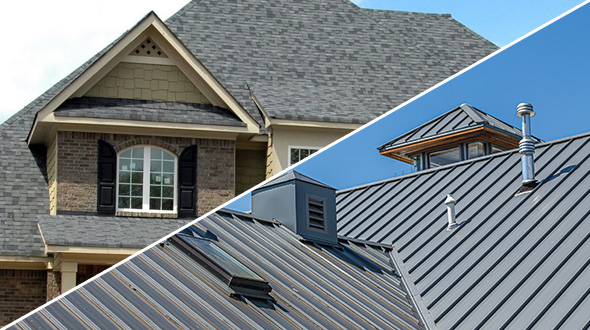
Now that we’ve explored the various aspects of metal roofing, let’s compare them to traditional roofing materials. Although metal roofs may have a higher upfront cost, their extended lifespan, durability, and low maintenance requirements make them an attractive and cost-effective choice for some property owners who live in certain geographic regions or plan to keep their property for a long time.
The following sections will compare the durability, lifespan, and costs of metal roofs against traditional roofing materials.
Durability and Life Span
One of the key advantages of metal roofs over traditional roofing materials is their durability and life span. Metal roofs can last up to 50 years or more, while materials like asphalt shingles typically have a life expectancy of 15-20 years.
Metal roofs are also highly resistant to extreme weather events, such as hail, high winds, and heavy storms, making them a more durable option for properties in a region that is more prone to intense weather events.
Cost Comparison
While metal roofs can have a higher initial cost than traditional roofing materials, they can save money in the long run due to their durability, energy efficiency, and low maintenance requirements. With potential savings of up to 25% on energy costs and minimal upkeep, metal roofs are a cost-effective choice for property owners looking for a long-lasting, eco-friendly roofing solution.
Customizing Your Metal Roof
Metal roofing systems offer a wide range of customization options, allowing you to create a roof that perfectly complements your property’s style and aesthetic. Some of the customization options include:
- Various paint colors
- Different roof styles
- Unique finishes
- Different materials
With these options, you can design a metal roof that performs well and looks great.
Increasing Property Resale Value with Metal Roofs
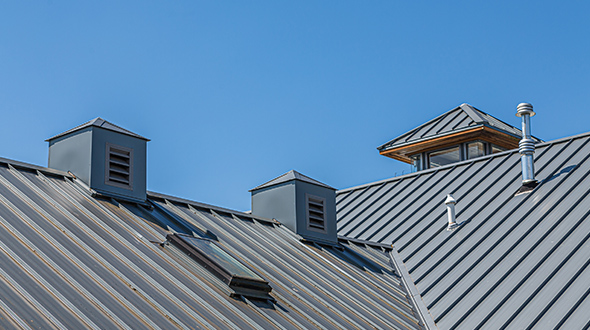
Investing in a metal roof can also increase your property’s resale value. With their durability, energy efficiency, and aesthetic appeal, metal roofs can boost your property’s value considerably.
If you’re considering selling your property in the future, a metal roof can be a valuable investment that pays off in the long run.
Professional Installation vs. DIY
When deciding whether to hire a professional roofer or take on a DIY metal roofing project, there are several factors to consider. A professional installation is significantly more reliable and efficient but does come with a higher cost. On the other hand, DIY installation can be cost-effective but may require substantial time, effort, and expertise.
Assessing the advantages and drawbacks of both alternatives will help you find the most suitable option for your requirements and financial plan.
Summary of Metal Roofing
In conclusion, metal roofing systems offer numerous benefits over traditional roofing materials, including durability, energy efficiency, and eco-friendliness. With a wide range of materials, styles, and customization options, metal roofs can provide a long-lasting, cost-effective solution for any property.
If you’re considering a new roof for your property or home, consider the advantages of metal roofing. With their impressive performance and aesthetic appeal, metal roofs are an investment that can pay off in terms of energy savings, reduced maintenance, and increased property value. Make the switch to metal roofing and experience the many benefits for yourself.
Frequently Asked Metal Roof Questions
What is the biggest problem with metal roofs?
Metal roofs can be more expensive than other materials and are prone to noise, expansion/contraction issues, color mismatches, and reduced performance over time.
Poor installation, leaks, rust and corrosion, loose/missing fasteners, and poor insulation are also common problems with metal roofs.
Is it cheaper to put a metal roof or shingles?
Generally speaking, asphalt shingles are much cheaper than metal roofs when it comes to material and installation costs.
What are the 2 types of metal roofs?
Two of the most popular types of metal roofing are metal tile roofing and metal shingle roofing, both of which offer durability and a range of stylish options.
Metal shake roofing is another type of metal roofing option.
What is one of the disadvantages of metal roofing?
Metal roofing can be expensive upfront, ranging from $150 to $600 per square, and during heavy rain or hailstorms, it may be louder than other roofing materials.
How is a metal roof installed?
Installing a metal roof requires careful measurements, removal of old materials, and the installation of underlayment, drip edges, flashing panels, closure strips, and ridge caps.
Taking the time to install all components correctly will ensure long-term durability and protection.
(404) 220-9288
The post An In-Depth Look at Metal Roofing appeared first on atlantacommercialroofingcontractors.com
